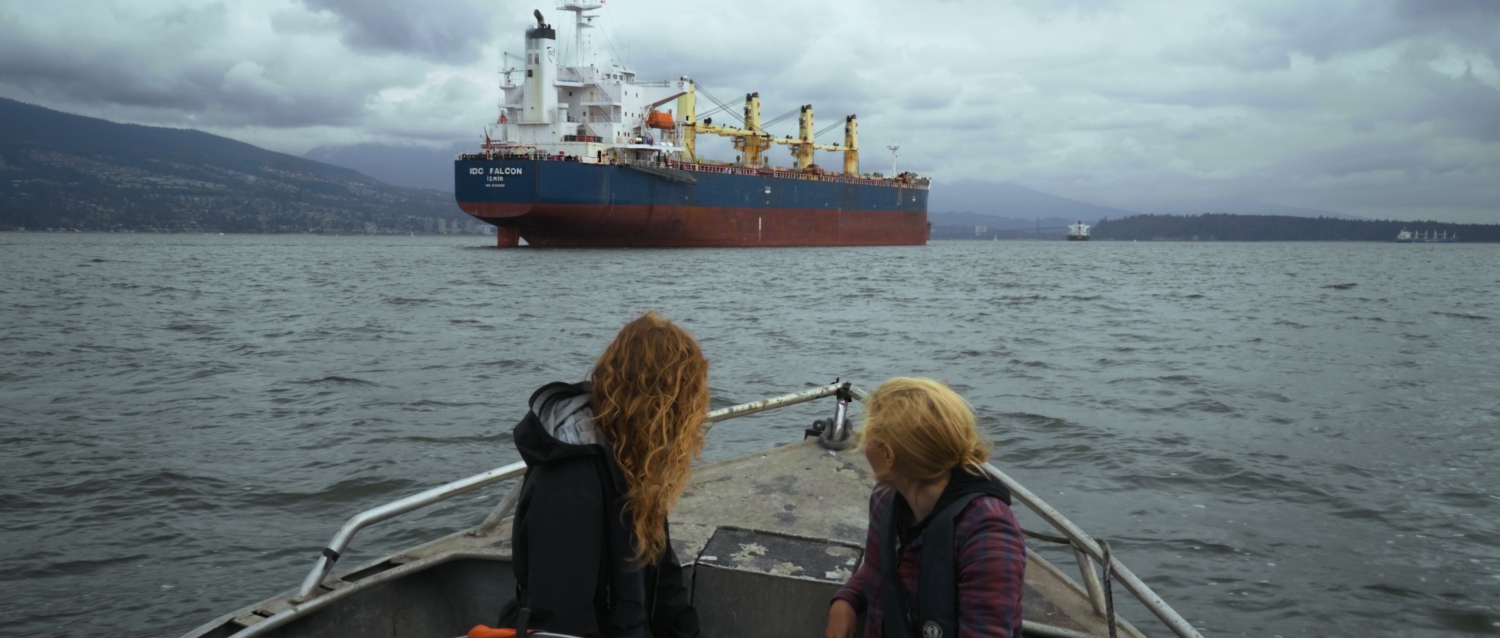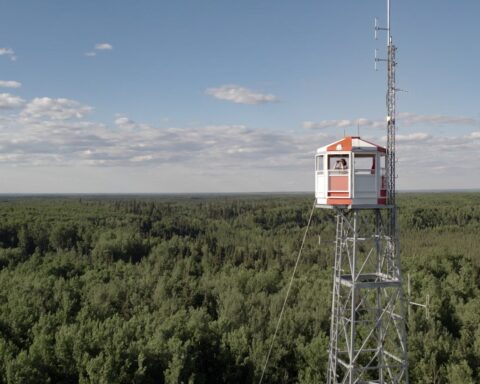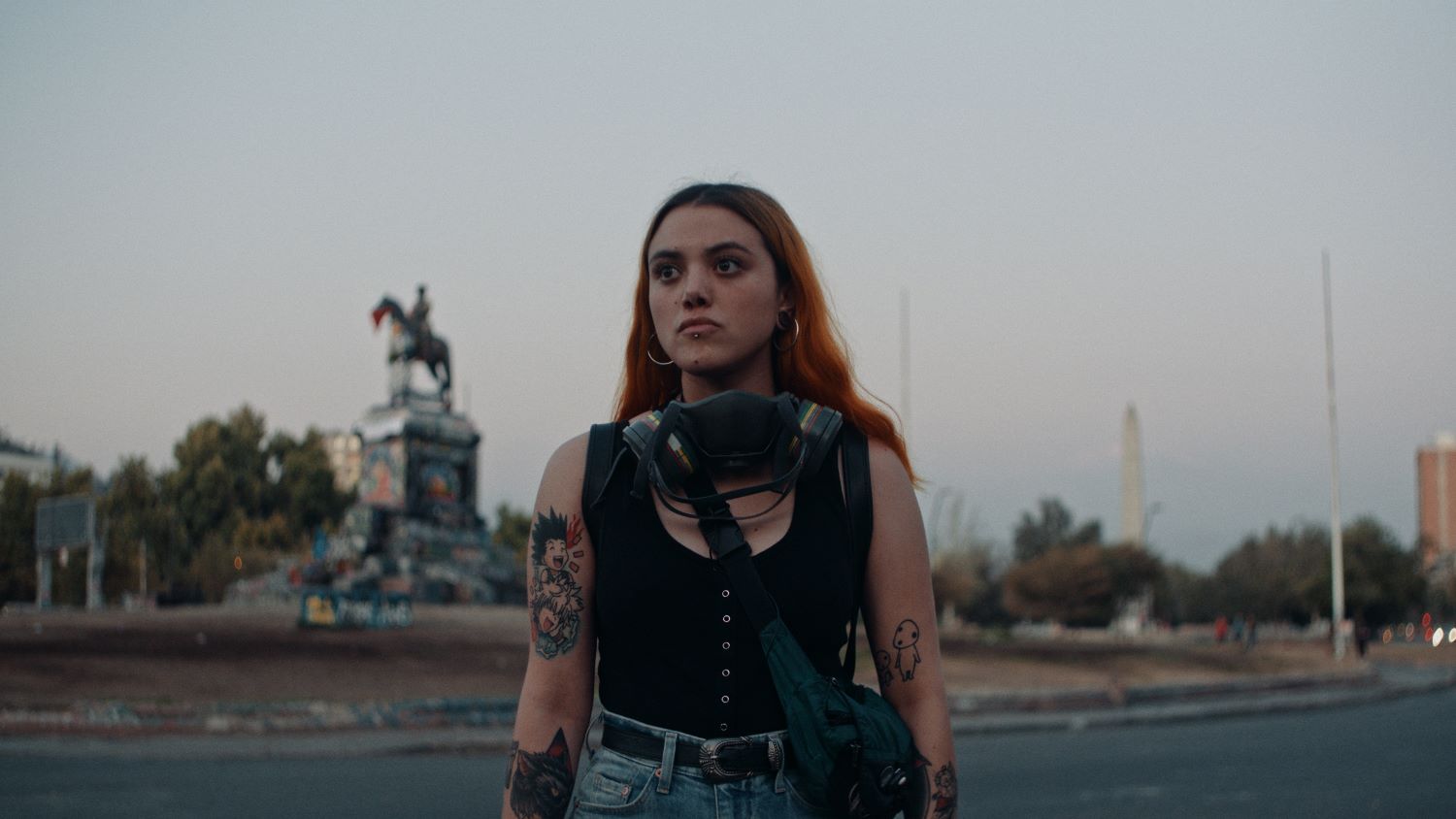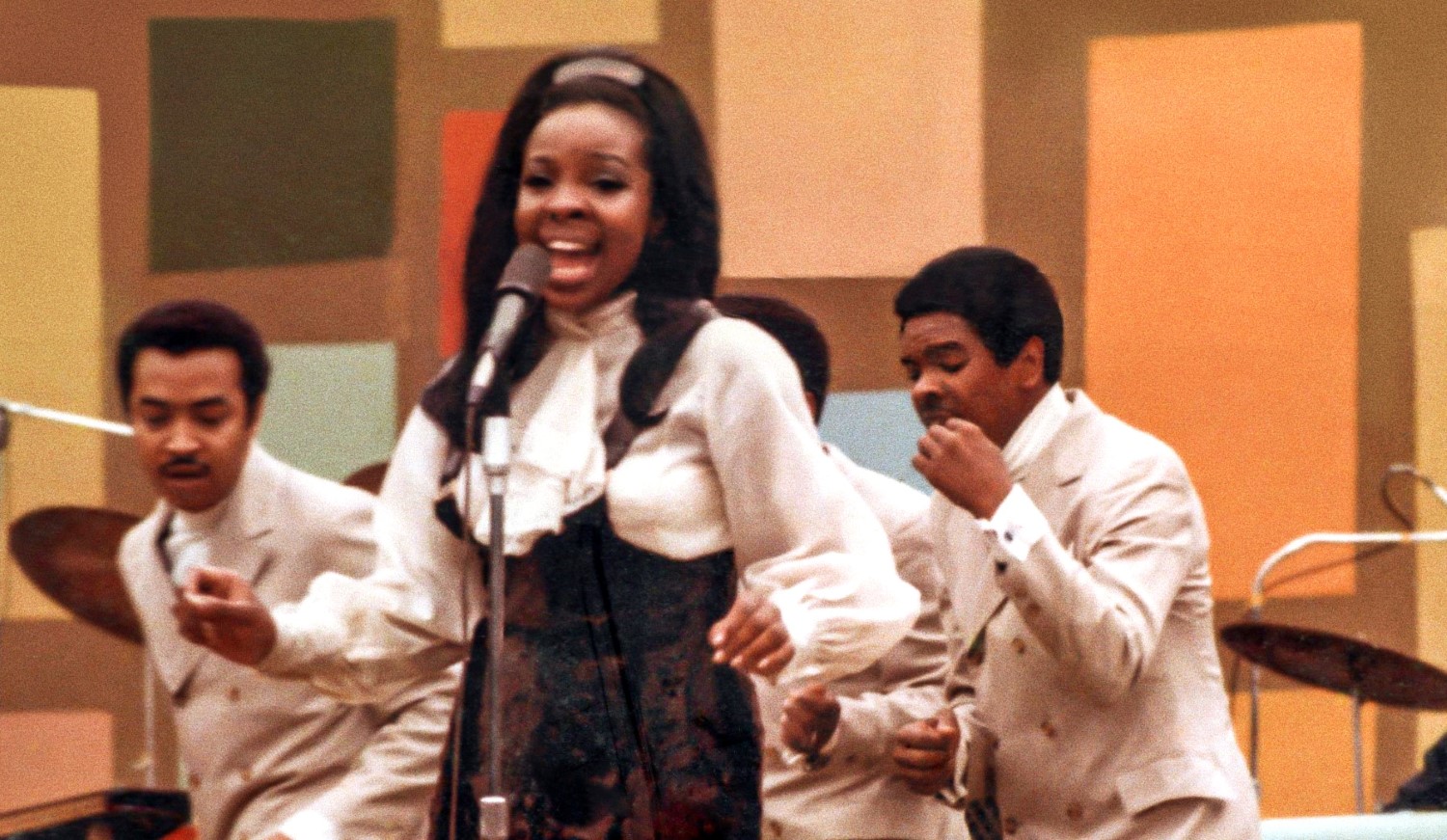Coextinction
(Canada, 94 min.
Dir. Gloria Pancrazi & Elena Jean
Documentaries about ecology are necessarily about important issues but for them to work the filmmakers have to create a story, which can move audiences. In their first feature, Coextinction, Gloria Pancrazi and Elena Jean have taken that idea to heart, crafting a complex and disturbing tale of on-going tragic events that are taking place in the Pacific Northwest. The directors were both attracted to British Columbia out of a desire to work with nature but it was Pancrazi’s passion for the Southern Resident Killer Whales—a particular breed of orcas—that spurred the duo to work together and make a film about these beautiful aquatic creatures’ fight for survival.
While Pancrazi is decidedly attracted to the orcas—quite understandable when you see them frolicking together while living in peace and harmony—their dire situation inspired Coextinction. There are less than 100 Southern Resident orcas alive in the Pacific Ocean and hardly any have been born in the past decade. Their predicament is so dire that the filmmakers note that the species could become extinct within ten years.
What is killing the orcas? This question becomes the first of many as the two filmmakers take viewers on a journey of learning on the waters of the West Coast, up north in B.C. and then down to Washington State. Pancrazi and Jean find out quickly that the orcas are starving to death. They need hundreds of pounds of chinook salmon a day to survive and the numbers of the prime West Coast fish is dwindling. Traveling through B.C., meeting with settler environmental experts Kenneth Balcom, and Alexandra Morton and Indigenous leaders Chief Ernest Alfred, Jesse Nightwalker, and Will George, the two filmmakers realize how interconnected the orca and the salmon are to the environmental challenges in the gorgeous habitat of the Northwest.
As their encounters and journeys continue, Pancrazi and Jean raise many more questions. What is happening to the watersheds in B.C.? Why are there less places for salmon to spawn? Is the number of salmon dwindling? If so, why? Should we be concerned about the Trans Mountain Pipeline being built from Alberta to the waters of B.C? What would the effect be to the salmon and the whales if a spill occurred?
The film takes shape as Pancrazi and Jean travel through locale inland and on water that is still beautiful but is losing its ecological strengths to the forces of industrial progress. Speaking with Indigenous leaders and spending time on their lands, the two see the battle that is being fought by the original peoples of the Pacific Northwest to save the environment. They’re fighting big companies and, worse, the Canadian government, now the possessors of the pipeline and, through the RCMP, the enforcers of law in much of B.C.
One of the major areas of concern is the fish farms that have sprung up all over the West Coast. Owned (ironically) by Norwegian companies and using Atlantic salmon as well as Pacific, the farms produce fish in great quantity but they have spoiled the waters with parasites like sea lice that are detrimental to the native sea creatures. Chief Alfred, in particular, has turned his attention to removing the farms from their native lands, which never signed a treaty with the Canadian government.
What is causing the water supply and the salmon to dwindle? Pancrazi and Jean travel south to Washington State where environmentalists are trying to demolish four dams build in the Fifties that are producing power that isn’t needed but is preventing 35% of the salmon on the Snake River to travel back up to B.C. to—and here’s where the film returns to its beginnings—feed the orcas and others.
The outrageous nature of the opposition in the U.S. to the destruction of the dams is mirrored by the Canadian government’s willful dismissal of the philosophy of the Indigenous. Both countries pay lip service towards environmental causes and to Indigenous peoples, but do they really care? This documentary quietly shows the hypocrisy of North America’s establishments.
Coextinction is a very well-made film. One can only hope that filmmakers and environmentalists Pancrazi and Jean continue to advocate for important causes and make more films. They’re off to a great start.
Coextinction premiered at the Vancouver International Film Festival is being streamed during the Planet in Focus festival.













